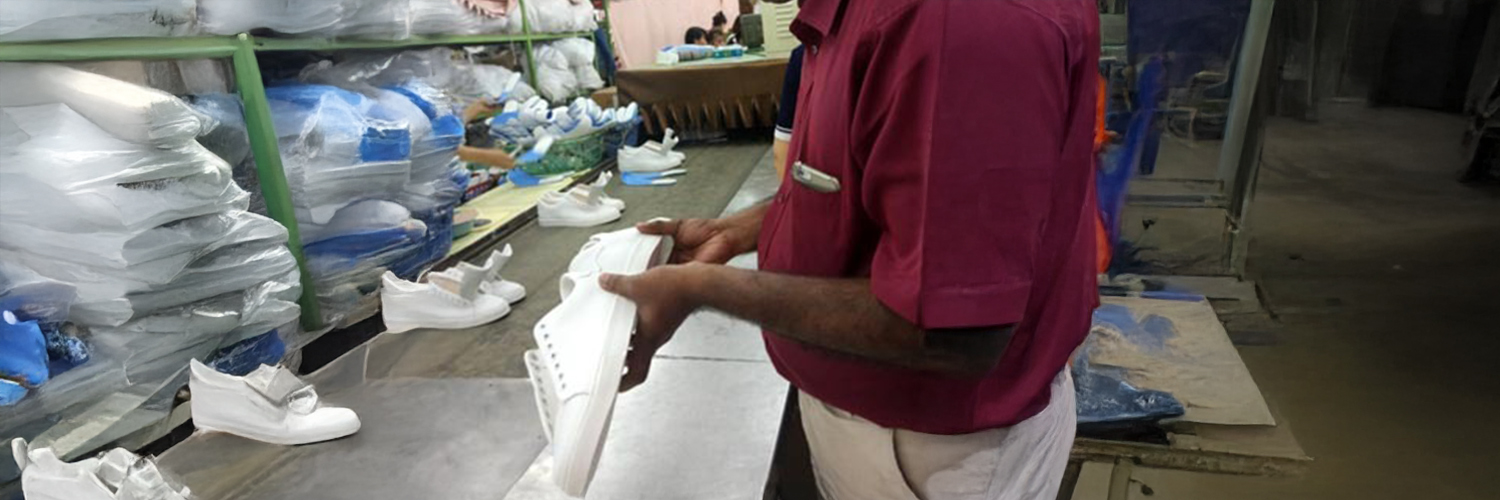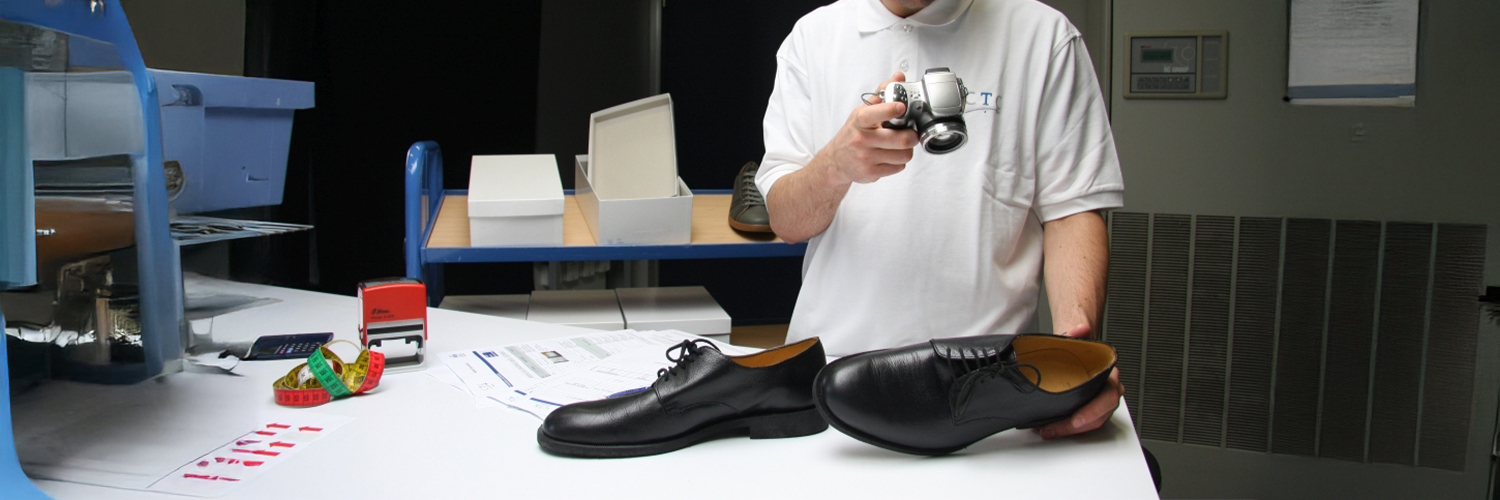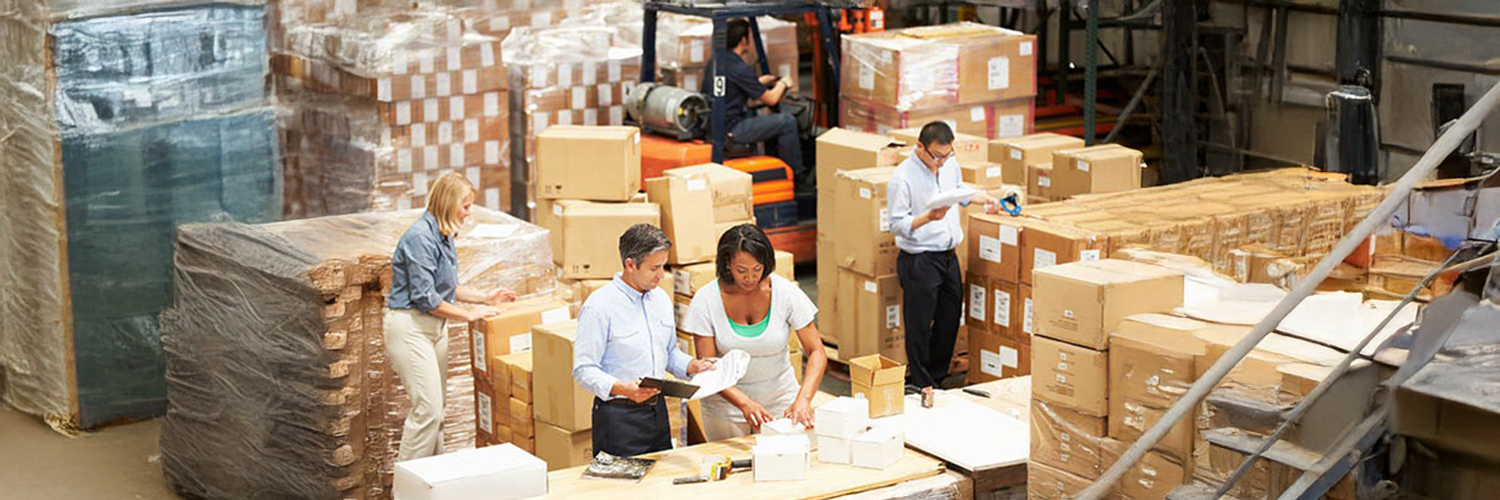- ABOUT CTC
- EXPERTISE AND SERVICES
- Raw hide - Tannery
- Footwear
- Leather goods - Glove-making
- PPE
- Environment
- CSR
- Training
- BLOG AND NEWS
- CTC VIDEOS
- LEAFLETS AND PUBLICATIONS
- CUSTOMERS EXTRANET
EN
International sourcing is not without risk. CTC offers comprehensive solutions for assessing product quality, securing supply, and taking a proactive approach to ethical practices.
CTC’s inspectors are not only highly experienced in the field of inspection, they are also experts in raw materials and finished products, particularly for the fashion, luxury goods, PPE (personal protective equipment) and sport sectors.
Their in-depth knowledge of the specific characteristics of materials, components, dress or sports shoes, children's clothing, luggage and other items enables them to make pertinent recommendations to optimise the quality control of your products, thereby increasing customer satisfaction and confidence.
Discover our range of inspection services designed to meet all your needs.
Inspections carried out during the production process are crucial for identifying the improvements to be made before the products are finalised. This is the ideal time for quality control. Our inspectors ensure that the end-products will meet the client’s specifications. Drawing on our expertise, we help the factory identify any adjustments that need to be made immediately and, most importantly, before the end of the production process.

Conducted in accordance with standard ISO 28590:2017, these inspections (also known as FRI for Final Random Inspection) guarantee the quantity and quality of finished products before they are shipped. These checks also ensure that the products are compliant, correctly labelled and packaged, and that the shipping cartons contain all the necessary information.

These inspections check that each container is correctly loaded before it is transferred to the freighter, and that all necessary shipping information is provided.

This bespoke service consists of a quality check carried out on the factory floor by CTC inspectors or technicians specialised in footwear or textiles, with the aim of securing the processes on the production lines.
You benefit from the unique expertise of our quality assurance inspectors, who have acquired their experience in the leather, leather goods, fashion and sports markets.
We will assign you a dedicated expert, who will be present on your factory floor for the duration of production, and will monitor quality in real time on a daily basis.
This will allow you to tap into our expertise and learn the best practices that have contributed to our reputation with the world's leading fashion and luxury brands.
This service can also include daily reporting on the quality of your production.
Your factories carry out or offer to carry out sampling inspections on your orders.
CTC is able to train and certify quality controllers in your factories through our CTC self-inspection programme. This involves approximately 2.5 days of training, both in a classroom-type setting and on the factory floor.
Once the quality controllers (QC) have been trained, we supervise their first inspections and, if they meet the required standard, issue them with a CTC certificate to qualify them.
Our teams coordinate and oversee the implementation and monitoring of the self-inspection programme, which includes:
The CTC self-inspection programme offers the advantage of making your factories accountable for meeting your quality requirements for the products and services associated with your orders.
Here is an overview of the different types of quality control carried out by our inspection experts.
The inspection is a visual check of the following points:
Copies of your orders are used as a reference for checking the quantities and assortments of your shipments.
Quality control consists in counting the number of defective products in a sample and determining the category of the defects found (critical, major, minor), using the following classification:
CTC can help you create or adapt your quality checklist to ensure that your orders are up to standard. The inspector lists the defects found and their number (per defect category).
The conformity check involves assessing the general appearance of the product in comparison with the conformity sample and/or the product specification sheet: product colour, type of accessories, position of accessories... and for garments, measurements.
During the packaging check, the following parameters are checked for all opened cartons: